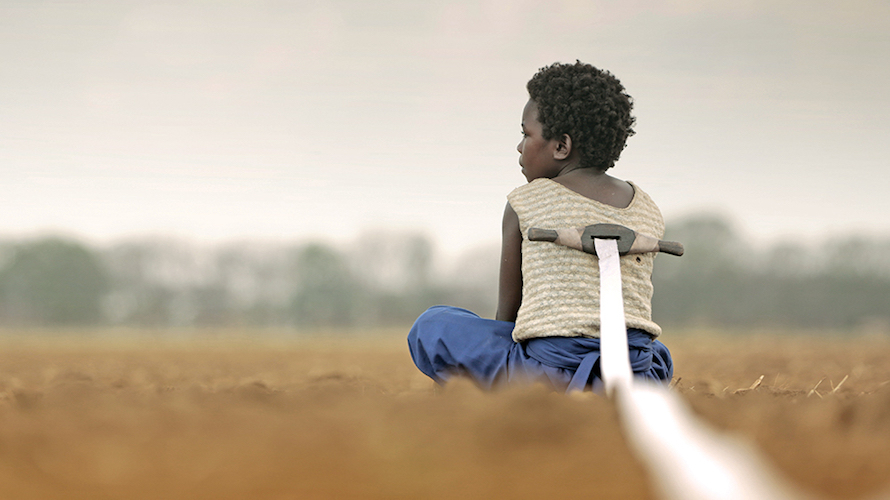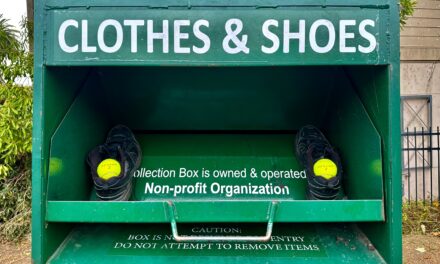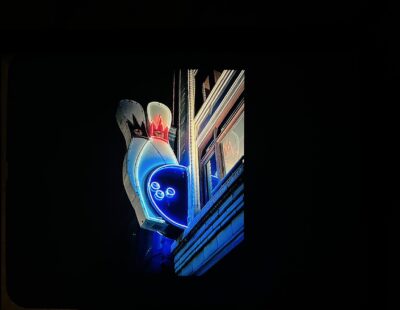
Hearing the title of the 2017 film, I Am Not a Witch, might conjure up pop culture memories of a woman accused of witchcraft in Monty Python and the Holy Grail. The Python’s absurdist test to determine if the accused is a witch was to see if she weighed the same as a duck. I Am Not a Witch features a test involving a chicken. And both films play inequities and prejudices for laughs. But the similarities end there. I Am Not a Witch takes place in contemporary Zambia, and the director, Rungano Nyoni, delivers a far subtler approach to comedy than her British counterparts with humor that’s as dry as its drought-ridden location.
The protagonist is an 8-year-old girl named Shula. Poor little Shula is an orphan, and nobody knows where she came from. In other words, she’s an outsider – the perfect scapegoat for superstitious minds. We first meet Shula in a hot, arid looking landscape, innocently observing a woman who stumbles and spills a bucket of precious water. Shula is the only person around when the accident occurs, so, in a classic example of mistaking correlation with causation, the woman assumes Shula was responsible. Accompanied by town folk, the woman takes the child to the police department and claims that ever since Shula arrived at the village, strange things have been happening. Therefore, she insists, Shula must be a witch. Contrary to the title of the film, Shula doesn’t deny the allegation, prompting a call to a government official, named Mr. Banda, to make a determination.
Shula is summarily taken to a witch camp, first shown in the prologue, which is essentially a labor camp for women accused of witchcraft. The women’s figurative bondage is made literal with leashes attached to giant bobbins that limit how far they can wander. Before Shula’s internment, she’s put through an indoctrination that gives her little choice but to declare she is a witch. Leashed to a giant bobbin of her own, the comical and poignant story of Shula unfolds.
One of the many fascinating aspect of I Am Not a Witch is how it depicts performance and spectacle as a means of control and reinforcing supernatural beliefs. When the women of the witch camp aren’t working, they serve as a tourist attraction, putting on a big production of acting in a way that’s expected of them, chanting and moaning incomprehensibly with wild-eyed abandon. The local witch doctor, dressed in a ludicrous costume, puts on a show of his own when conducting the witch test involving the aforementioned chicken, elaborately stripping down to his undies before he begins to prove he has nothing to hide, not unlike prestidigitators pulling up their cuffs to prove there’s nothing up their sleeves. Even when Mr. Banda first presents Shula to the witch camp, it’s with the theatricality of a showman.
Witch camps do exist, albeit in Ghana, not Zambia. However, I Am Not a Witch is based on real life accounts of Zambian women accused of witchcraft. By examining social problems such as corruption, misogyny, and superstition within a rarely seen culture, I Am Not a Witch provides an original parable of a child who falls prey to ignorant self-serving adults, with comedy derived from wry observations of human nature.
For KSQD’s Film Gang, this is Paul Kanieski










